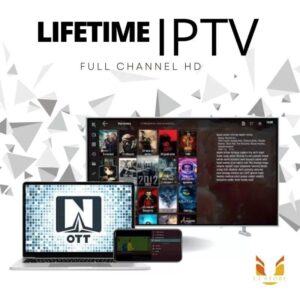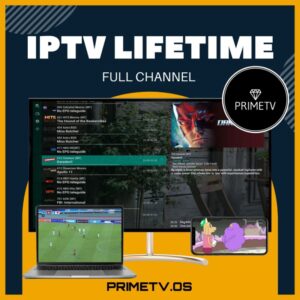some common IPTV streaming protocols and their differences
Introduction
IPTV (Internet Protocol Television) has revolutionized the way we consume television content, offering a vast array of channels and on-demand programming over the internet. Behind the scenes, IPTV relies on different streaming protocols to deliver content to viewers’ screens. In this blog post, we will explore some common IPTV streaming protocols, their differences, and how they impact the viewing experience. Additionally, we will discuss how IPTVDIGI, a leading IPTV provider, leverages these protocols to deliver high-quality streaming services to its subscribers.
- Real-Time Messaging Protocol (RTMP)
RTMP is a widely used streaming protocol that enables the delivery of live and on-demand media over the internet. It was initially developed by Adobe Systems for use with their Flash Player. RTMP operates on a client-server model, where the media server streams content to the client (viewer) using the RTMP protocol. While RTMP is still popular, it has been gradually phased out in favor of newer protocols due to limitations, including lack of native support on mobile devices and increased compatibility issues.
- Hypertext Transfer Protocol (HTTP)
HTTP-based streaming protocols have gained significant traction in the IPTV industry due to their compatibility and ease of use. These protocols, including HTTP Live Streaming (HLS) and Dynamic Adaptive Streaming over HTTP (DASH), segment the media into small chunks and deliver them over regular HTTP connections. The key difference between HLS and DASH lies in their encoding formats: HLS uses MPEG-2 Transport Stream (M2TS), while DASH uses MPEG-DASH. Both protocols offer adaptive streaming, allowing the content to adapt to the viewer’s available bandwidth, resulting in smoother playback.
- Real-Time Streaming Protocol (RTSP)
RTSP is a protocol specifically designed for streaming media over IP networks. It establishes a direct connection between the media server and client, enabling real-time control over the playback, such as pause, play, and seek. RTSP is often used for IPTV services that require low latency and real-time interaction, such as live sports events. However, RTSP may encounter compatibility issues with certain devices or firewalls, making it less commonly used for mainstream IPTV streaming.
- User Datagram Protocol (UDP) and Transmission Control Protocol (TCP)
UDP and TCP are transport layer protocols used for transmitting data over IP networks. UDP offers faster transmission speeds but does not guarantee delivery or error correction, making it suitable for live streaming scenarios where a small delay is acceptable. TCP, on the other hand, provides reliable data delivery through error detection and retransmission mechanisms, making it ideal for on-demand streaming, where data integrity is crucial.
IPTVDIGI’s Utilization of IPTV Streaming Protocols
As a leading IPTV provider, IPTVDIGI leverages various streaming protocols to ensure a high-quality viewing experience for its subscribers. By adopting adaptive streaming technologies like HLS and DASH, IPTVDIGI can dynamically adjust the video quality based on the viewer’s internet connection, ensuring smooth playback and minimizing buffering issues. These protocols enable seamless streaming across a range of devices, including smartphones, tablets, smart TVs, and streaming boxes.
Conclusion
Understanding the different IPTV streaming protocols is essential for both IPTV providers and viewers. Each protocol has its strengths and use cases, and the choice of protocol depends on factors such as content type, device compatibility, and viewer requirements. IPTVDIGI, a reputable IPTV provider, utilizes advanced streaming protocols like HLS and DASH to deliver a superior viewing experience to its subscribers. By leveraging these protocols’ adaptive streaming capabilities, IPTVDIGI ensures that viewers can enjoy their favorite channels and on-demand content without interruptions or quality degradation.





